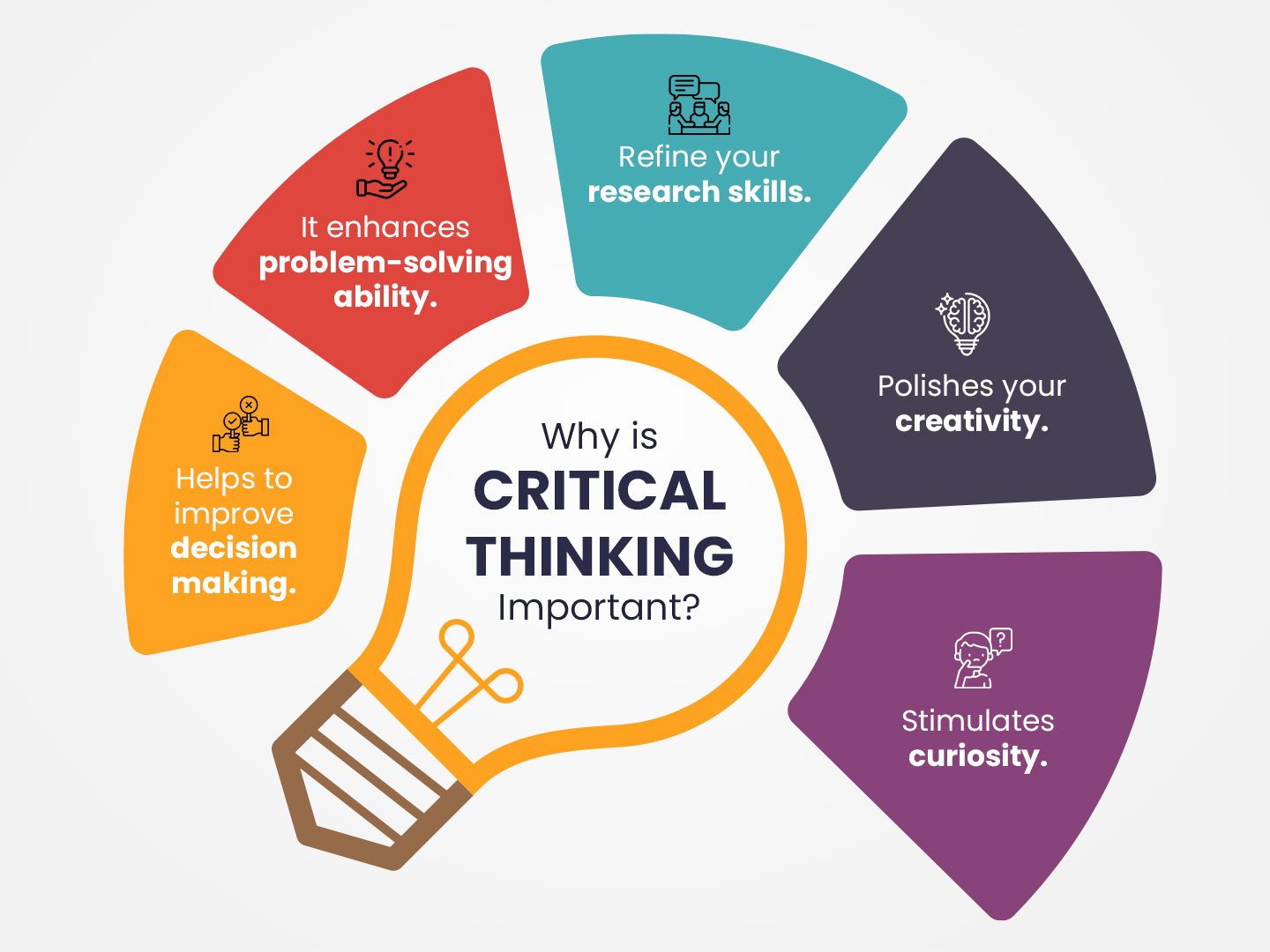


Collaborative learning, or learning in groups is a process where students actively engage with each other, is widely recognized in educational institutions as an effective approach to enhancing creativity and critical thinking. Unlike traditional lecture-based learning, collaborative learning allows students to work together, share ideas, and solve problems together. This article explores the many benefits of collaborative learning and how it can foster creativity and critical thinking in your students.
Increased creativity
Collaborative learning provides fertile soil for creativity to grow. When students work together, they are exposed to different perspectives and ideas. This diversity inspires creativity by encouraging students to think beyond their own perspectives and consider alternative perspectives. Encourage students to explore different ways to approach problems and find innovative solutions.
Students may contribute their own findings and express their opinions freely in a collaborative learning environment. This fosters innovation and fosters a supportive, welcoming classroom environment where students feel valued for their contributions. Students may build on one another’s thoughts and create fresh ideas together. This will deepen your knowledge of the subject and stimulate original thought. Experimentation and taking risks are also encouraged by collaborative learning. In a supportive group setting where errors are viewed as teaching opportunities, students are more willing to take chances and attempt new things. Students that are ready to take chances, think critically, and come up with fresh ideas will benefit from this since it fosters a growth mindset and creative thinking.
Improve critical thinking
Collaborative learning also fosters his critical thinking skills which are essential for 21st- century success. In a collaborative learning environment, students are encouraged to think critically about the information presented, evaluate different perspectives, and analyze complex issues. Through discussion, debate, and collaboration, students learn to challenge assumptions, challenge opinions, and develop a deeper understanding of a topic.

Collaborative learning also encourages active participation in the learning process. When students work in groups, they should actively participate, listen to others, and critically evaluate their peers’ ideas. This positive engagement helps students develop higher-order thinking skills such as B. Analyzing, evaluating, and synthesizing information essential to developing strong critical thinking skills. Additionally, collaborative learning encourages students to think critically about their own learning process. As students engage in shared activities, they reflect on their strengths and weaknesses, assess learning strategies, and adjust their approach accordingly.
This metacognitive awareness helps students develop self-regulated learning skills that are essential for lifelong learning and success in diverse academic and professional settings.
Ready for the real world
Collaborative learning can also prepare students for real-world challenges. In today’s dynamic and complex world, effective teamwork and collaboration are highly valued skills. Students have the chance to acquire these abilities through collaborative learning at a young age, which will be beneficial for both their personal and professional life in the future. Solving difficulties together is typical in many professional settings. Students gain the ability to handle disagreements, work in diverse teams, and successfully communicate with others via collaborative learning. These transferrable talents may be used in a number of real-world situations, such as the workplace where staff members must collaborate in teams, generate ideas, and come up with creative answers to challenging issues.
In addition, Collaborative learning also aids in the development of social skills including active listening, empathy, and respect for other people’s viewpoints. These abilities are crucial for establishing trusting bonds and managing social interactions in a number of settings, including the workplace and society at large.
Conclusion
Collaborative learning has many benefits for students, including developing creativity and critical thinking skills through collaborative learning, which offers many other advantages. Students are given the chance to acquire practical skills, are exposed to a variety of viewpoints, and are pushed to think critically via collaborative learning. Collaborative learning techniques should be used in the classroom as educators continue to respect its benefits for promoting creativity and critical thinking.
Teachers can create activities that promote student cooperation, such group discussions, debates, problem-solving activities, and joint projects, to effectively conduct collaborative learning. In order for all students to actively engage and contribute to the group’s aims, teachers can also set guidelines and facilitate conversations. It’s critical to establish a secure and accepting learning atmosphere in the classroom so that kids may express their ideas and viewpoints without worrying about being judged.
Additionally, technology can be used to enhance collaborative learning through online forums, tools for remote collaboration, platforms that let students communicate remotely, and other means, which may be leveraged on to improve collaborative learning. This is extremely beneficial in today’s digital age, as virtual collaboration and communication are becoming more and more crucial in a range of professional settings.
Article by AbdulRasheed Raji
Business Studies Teacher

We are the only international school in Nigeria that offers 100% Ontario Ministry of Education approved Canadian (Ontario) curriculum from Grade 1 through 12.

 Copyright 2025 Canadian Bridge Academy | All rights reserved.
Copyright 2025 Canadian Bridge Academy | All rights reserved.